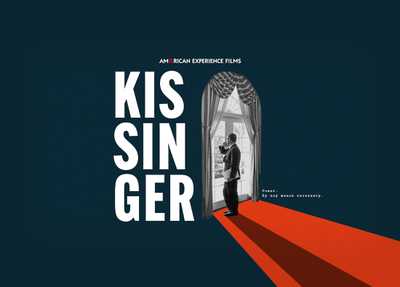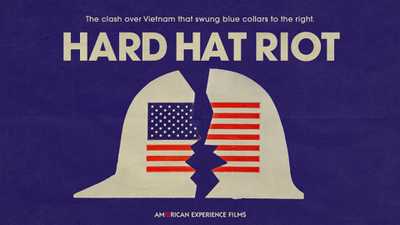10 Surprising Facts About U.S. Vice Presidents
Being the vice president can feel like playing second fiddle to the Commander in Chief. But while they might be lesser-known, vice presidents are just as eclectic and interesting as their bosses.
Here are 10 surprising facts about some of the most intriguing VPs in American history.
1. The Birth of "Veep”

Alben Barkley, who served as Harry Truman’s vice president, is the one who coined the term "Veep." He found "Mr. Vice President" too formal and got the idea to add the two “e’s” from his grandson.
2. A VP with a Billboard Hit

Before becoming vice president, Charles Dawes composed a piece of music, in 1911, that later became a Billboard #1 hit. With lyrics added by Carl Sigman in 1951, the song, titled “It’s All in the Game,” was performed by Tommy Edwards in 1958 and hit #1 in July and stayed there for six weeks, making Edwards the first African American to have a #1 hit on the Billboard Hot 100.
3. A Vice Presidential First

Born in 1860, Charles Curtis, served under Herbert Hoover, and was the first vice president of color. A member of the Kaw Nation, he studied law and became a rising star in the Republican party. Curtis advocated for U.S. citizenship for all Native Americans and supported women’s suffrage. However, he also pushed for the cultural assimilation of Native Americans, authoring the Curtis Act of 1898, which severely weakened tribal governments and facilitated the division of communal lands.
4. A Date with Lady Liberty

During his time as Minister to France, Levi Morton, Benjamin Harrison’s vice president, holds the distinction of receiving the Statue of Liberty on July 4, 1884 in Paris and placing the first rivet in its left big toe.
5. An Unexpected Promotion

In 1841, John Tyler became the shortest-serving vice president, holding the office for just 31 days. He was the first VP to ascend to the presidency after the death of President William Henry Harrison, who succumbed to pneumonia just one month into his term.
6. Moonlighting

Elected in 1837, Richard Mentor Johnson, vice president under Martin Van Buren, was infamous for leaving Washington, D.C., to tend bar at his tavern in Kentucky. Johnson was facing personal and financial difficulties after the Panic of 1837, and was seen as a liability. He was dropped from the ticket in 1840.
7. Where Does the VP Live?

In 1977, Walter Mondale became the first VP to live full-time at the newly assigned official residence of the vice president, Number One Observatory Circle. Before that, VPs lived in their own homes.
8. King of Corn

Thomas Jefferson wasn’t the only VP with an inventive streak. He and Vice President Henry Wallace had a shared interest in farming technology. Jefferson created a low resistance plow in the late 1700s, among many other innovations in everything from architecture to codebreaking. Beginning in high school, Wallace experimented with creating hybrid corn, and in college he studied what was then a new science, genetics. By 1924 he produced a high-yield variety of corn he named Copper Cross. Before joining the executive branch as FDR’s VP, he served as the U.S. Secretary of Agriculture.
9. VPs that Vacated

Two vice presidents have resigned from office. John C. Calhoun stepped down in 1832 after a frustrating term as Andrew Jackson’s VP. He chose to run for the Senate over serving a second term with Jackson. And Spiro Agnew, Richard Nixon’s vice president, resigned in 1973 after pleading no contest to tax evasion felony charge.
10. Nobel Peace Prize Winners

Three vice presidents have received the Nobel Peace Prize: Theodore Roosevelt was the first American to receive the honor in 1906. 1n 1925 Charles Dawes was awarded the prize for his role in reducing the tensions between Germany and France after WWI. And Al Gore took the medal in 2007 for his work on bringing awareness to human-made climate change.






